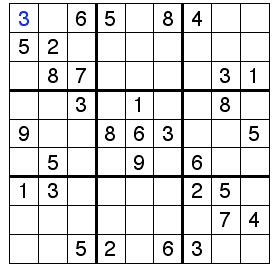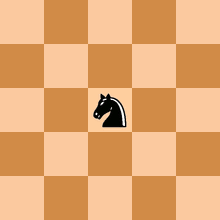Product array puzzle
PROBLEM : Given an array arr[] of n integers, construct a Product Array prod[] (of same size) such that prod[i] is equal to the product of all the elements of arr[] except arr[i]. Input: The first line of input contains an integer T denoting the number of test cases. The first line of each test case is N,N is the size of array. The second line of each test case contains N input A[i]. Output: Print the Product array prod[]. Constraints: 1 = T = 10 1 = N = 15 1 = C[i] = 20 Example: Input 2 5 10 3 5 6 2 2 12 20 Output 180 600 360 300 900 20 12 -------------------------------------------------------------------------------- SIMPLE c++ IMPLEMENTATION : -------------------------------------------------------------------------------- #include<bits/stdc++.h> using namespace std; int main() { int t ; cin>>t ; while(t--) { int no ; cin>>no ...

